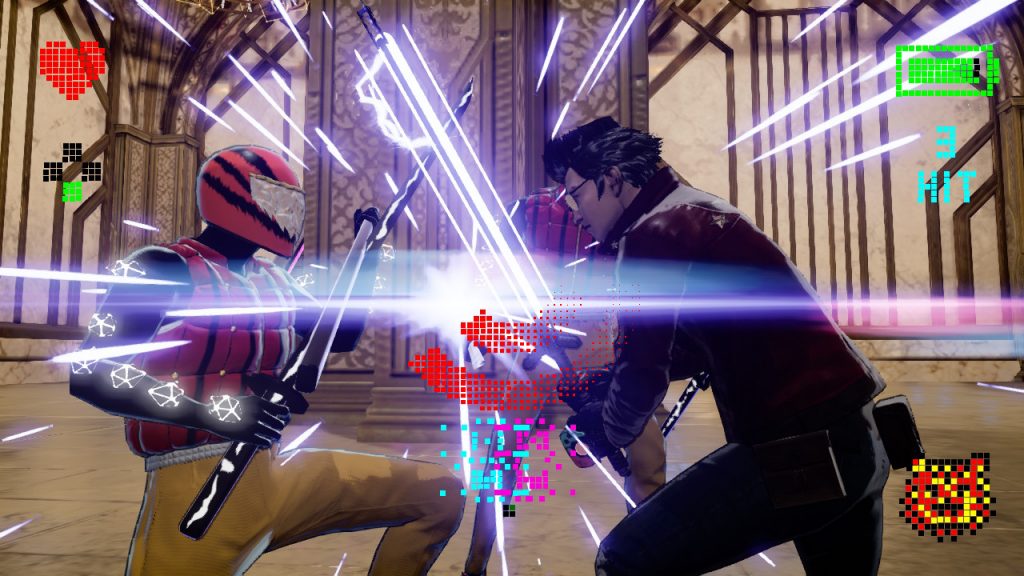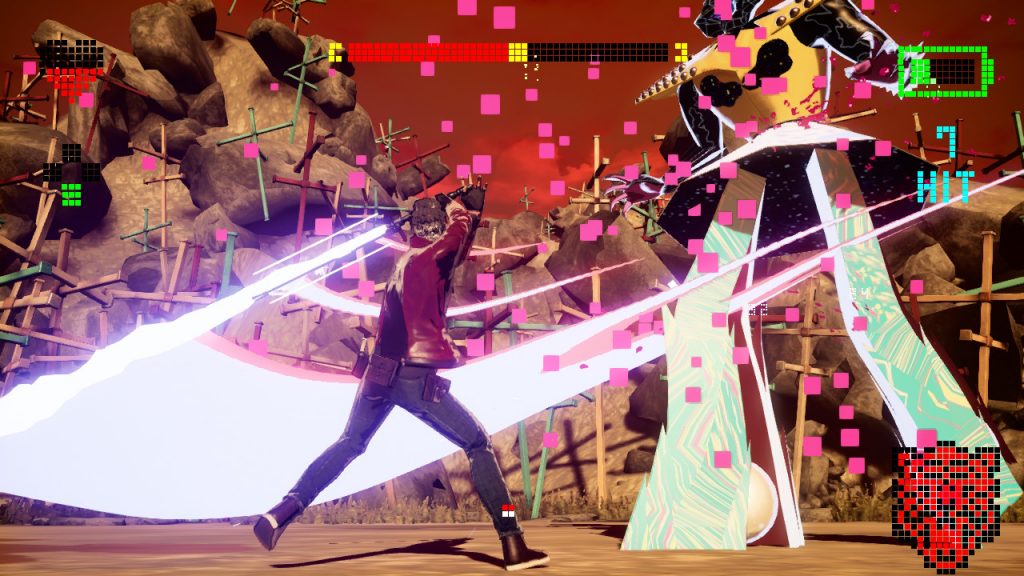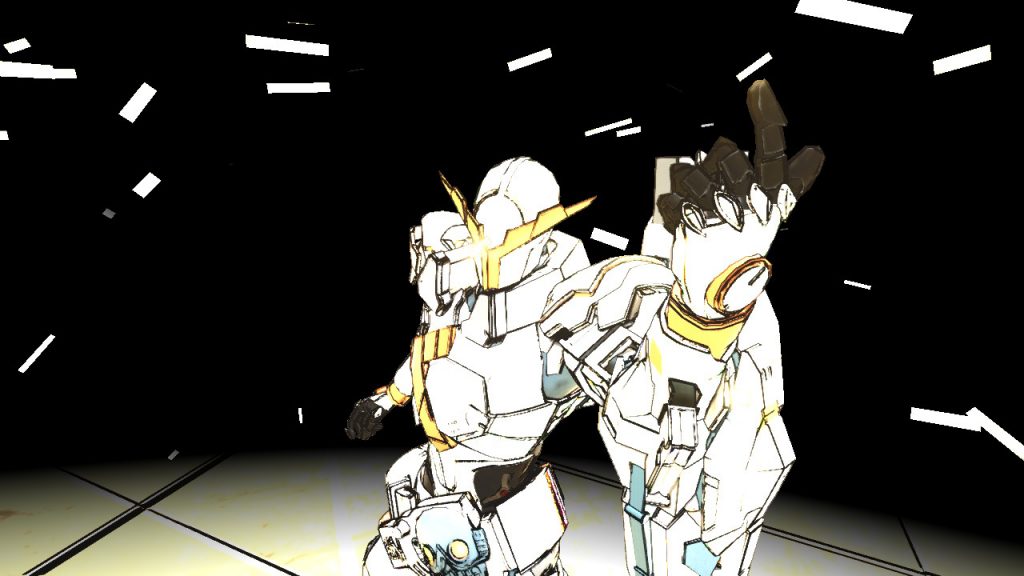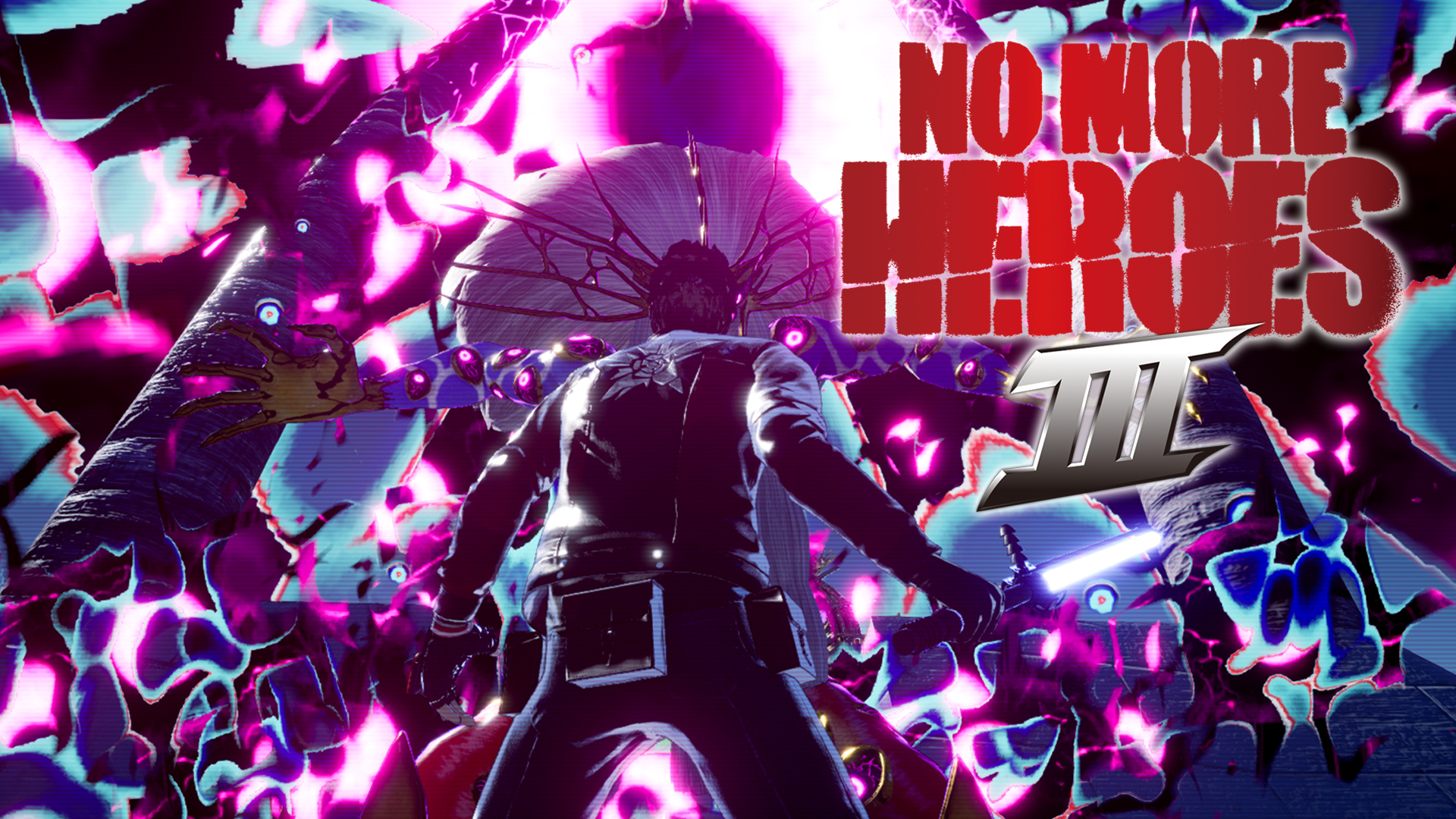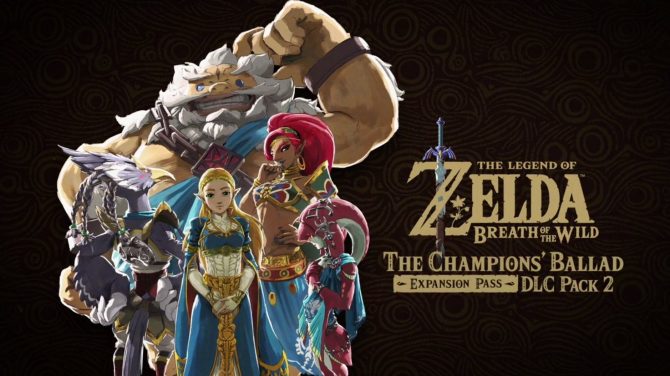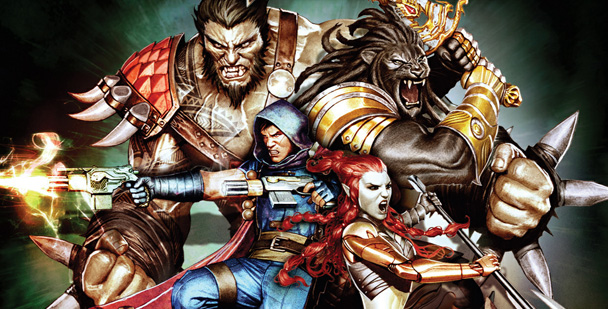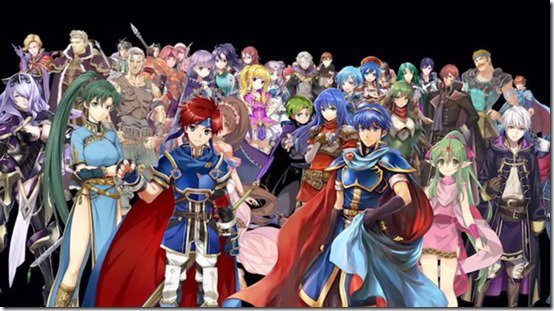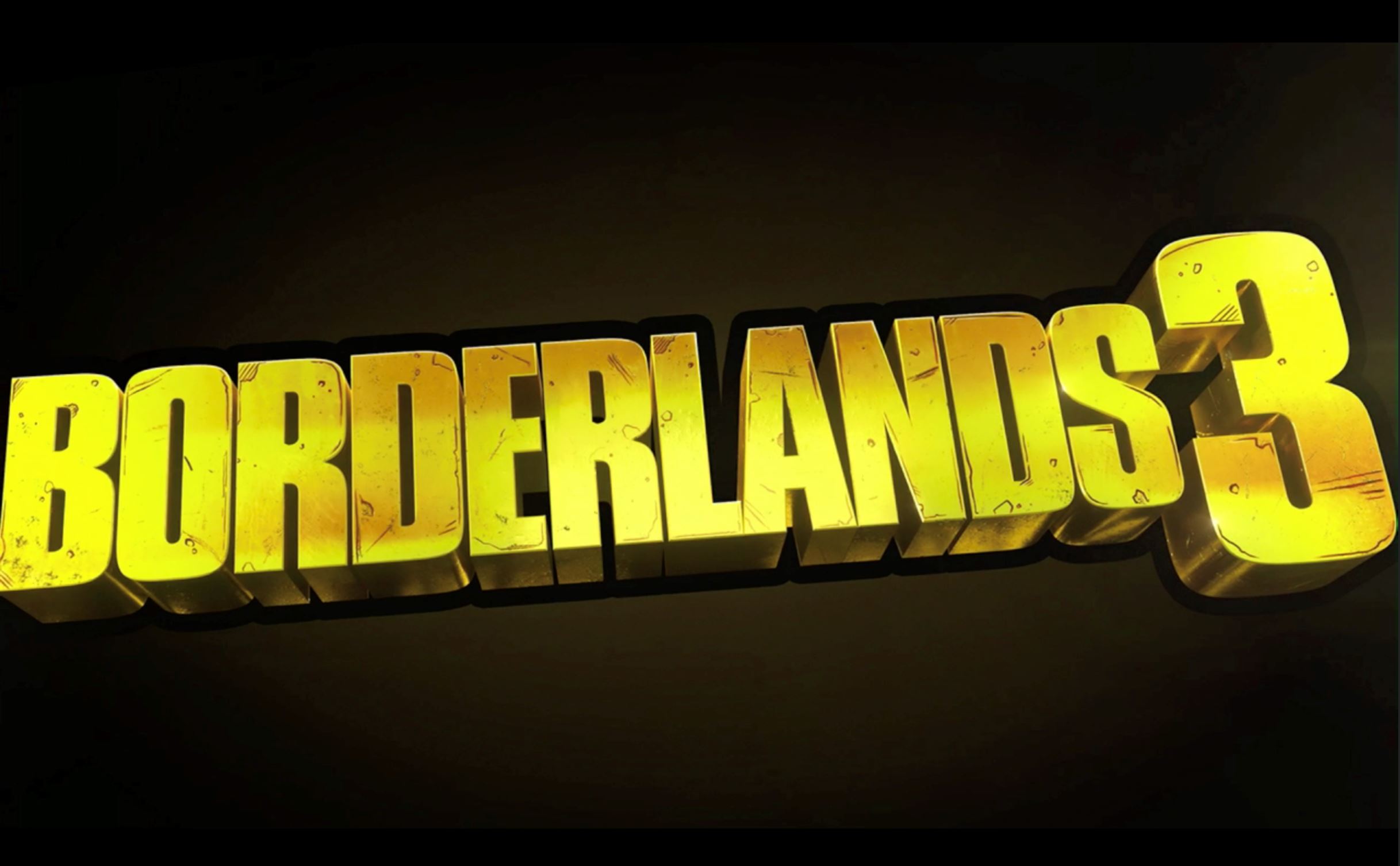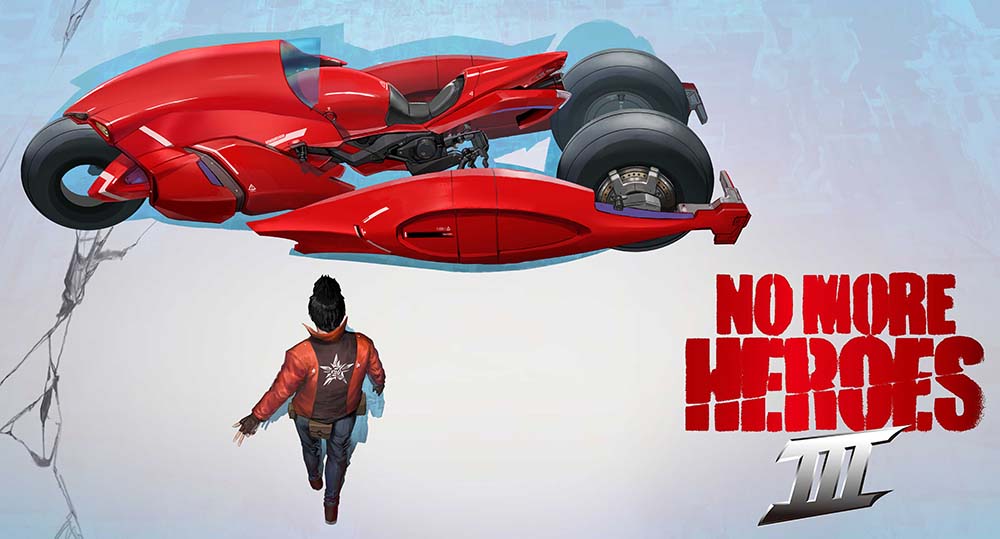
Review contributed by Jarrod Mawson, @consumeprogeny on Twitter.
We’re all beholden to the passage of time and the changes that come with it. And for Travis Touchdown life is no different. Returning in No More Heroes III, fourth game in the series after the original launched 14 years ago, Travis has ascended from a sexually frustrated, insecure nobody pining for status and recognition, to a comfortably renowned champion assassin married with kids. Life, as they say, comes at you fast, and with this latest and likely final outing, that “fast” comes in the form of the extra-terrestrial menace FU and his merry band of unusual killers. Charismatic lunatic as he is, FU quickly decimates Santa Destroy and sets up his own assassin ranking for Travis to climb the ranks. As FU notes, if Travis wants to face him in a final showdown, that’s just how these things work.
To the surprise of no-one familiar with the series, this is an odyssey drenched in pronounced style and decadent flavours. Whether it’s the colourful, beautifully surreal alien designs and their inventive boss fights, or the incredible soundtrack and mishmash of retro and futuristic visuals, No More Heroes III leverages the assumedly limited production scope to cram the presentation full of beautifully complementary and regularly clever gimmicks.
And while the narrative is perhaps a little less cleverly verbose in its meta introspection than Travis Strikes Again, No More Heroes III nevertheless demonstrates a consistent self aware and ruthless commitment to ever escalating stakes and humour.
No More Heroes III shifts the series format’s weighting to focus heavily on combat, eroding traditional stage layouts in favour of battle arenas (both mandatory and optional) with hand tailored encounters. It’s an interesting choice, one initially felt as a detriment given the series’ identity, as well as the varied creativity powering Travis Strikes Again‘s level progression, but the loss is largely offset with improvements to the combat itself. Here is arguably Grasshopper’s most accomplished incarnation of the series combat formula, trimming some of the fat (such as stances) from previous games for more direct and gratifying control, while in the same breath adopting milestones made in predecessors to liven up the combat flow. For instance, Travis Strikes Again‘s Death Glove powers that grant Travis additional strategic options, are back. Combat is further highlighted by accompanying fight system refinements with the most varied and mechanically interesting opponents in the series history. Impressive work has been put into making the act of fighting in of itself the game’s highlight.
As impressive as the design team’s effort is in livening up the combat system, strengths are occasionally undermined by nuanced weaknesses. Gratifying visual presentation of landing blow after blow envelops the screen in a glorious purge of neon vomit which, while spectacular, disrupts scene and enemy readability. Combat system quirks, like the absence of invincibility-frames at the tail end of attacks or combos you’re no longer in control of, can permit the enemy an occasional jab or knockdown that doesn’t seem quite fair. And despite the combat improvements there’s still an undeniable, marginal stiffness to it all that gently holds back the moment to moment flow.
In contrast to the aforementioned culling of pre-boss interlude stages, Grasshopper has seen fit to reintroduce the hotly divisive open world HUB from the original No More Heroes. True to form, Travis’ exploration around the world is marred with a miserable, laughably unstable framerate, horrendous technical issues pertaining to texture and asset pop in, and a general crudeness to the whole presentation and flow. But in the same breath, there’s no denying all the facets add to its charm and prove integral to the title’s identity.
Those more favourable of No More Heroes II‘s snappy mission selection screen will likely resent the open world’s return, but the undeniably enigmatic vibe it provides, breaking apart the mission structure, positively service the pacing between encounters, activities, and the narrative highlights. Littered throughout the world are optional side encounters to fight, goofy caretaker tasks such as lawn mowing, garbage collecting, and alligator hunting, hidden collectables, and the very welcome return of Travis Strikes Again visual novel chapters.
While the framework and execution of most of these additions are either sensible leveraging of the game’s core combat systems or barebones minigames, their quirky presentation and humorous self awareness grants them appeal. And while navigating the open world is far from a smooth, trouble free experience, the combination of all the aforementioned serve as an essential connective tissue between the many gameplay and narrative beats. They ground Travis and the cast within the world, give presence to Santa Destroy and its surrounding areas, and help the experience take on a fuller, richer form. Warts and all.
This is largely how No More Heroes III succeeds. Its individual components are all marred by limitations of development, production, and hardware scope, but the directed nuance behind their selective inclusion and the subsequent cacophony of parts working in unison elevate the experience into one distinct of Grasshopper and Suda’s history. The willingness to submerge the gameplay loop in cobbled together features and systems that individually run the risk of souring the audience instead shine as indicative of an uncompromising commitment to authored vision. Much like the best of Grasshopper’s output, all the scars and loose bandaging are more evident of endurance than failure, wounds as measures of risks taken. No More Heroes could have been neat and tidy, safe and confined to familiar comforts, but where’s the fun in that?
What Suda and co have instead delivered is a welcome return and finality to No More Heroes, one that welcomes strong design lessons learned from fourteen years of output since the series inception, yet in the same breath embraces the series quirks (and beyond) with open arms. Just as Travis Strikes Again was a stinging, satirical introspection of Grasshopper’s historic output and, in particular, Suda’s personal relationship with the studio’s growth and fall, No More Heroes III embraces the aforementioned duality in all its forms.
Travis is older and wiser, yet still prone to bouts of uncouth nerdism and clumsy arrogance. The journey provides a viewpoint for the relationships people (and aliens) form, and how our growth and bonds are strengthened over time. Though none of this ever gets in the way of a ludicrous fight, quippy one-liner, or adrenaline rushing beat. And just as it is for Travis Touchdown and Grasshopper themselves, No More Heroes III is an experience about growing up while never forgetting your roots, and ensuring you have a lot of fun along the way.
Review is based on code provided by Nintendo.
-Exciting, stylish, and befitting of a full No More Heroes experience -Uncompromisingly odd and experimental -Notable design improvements to combat flow and encounter variety
- Miserable open world technical and performance issues - Underscored clumsiness behind all game systems

